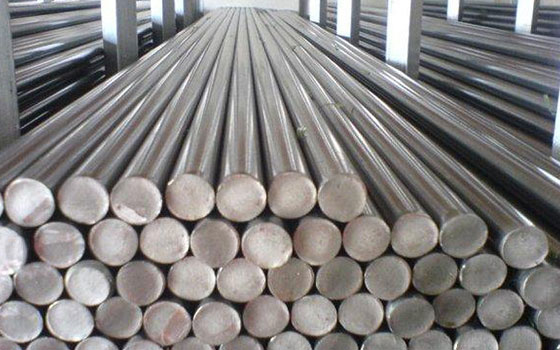Nov 23, 2023
Metallic elements: History of alloy steel
Alloy of steel is an iron-carbon alloy that is based on ordinary carbon steel with the addition of one or more other alloying elements.
Get a free quote quickly!
Nov 23, 2023
Alloy of steel is an iron-carbon alloy that is based on ordinary carbon steel with the addition of one or more other alloying elements.
Alloy steel is an iron-carbon alloy that is based on ordinary carbon steel with the addition of one or more other alloying elements. The different types and contents of these elements, as well as the appropriate processing technology, can make alloy steel with high strength, high toughness, wear resistance, corrosion resistance, low temperature resistance, high temperature resistance, non-magnetic and other special properties.
The history of alloy steel dates back more than 100 years. Alloy steel was widely used in industry around the second half of the 19th century. For example, in 1868, the British R.F.Mashet invented self-hardening steel with a composition of 2.5%Mn-7%W, and the cutting speed of this steel can be increased to 5 meters per minute. In 1870, the Americans built a bridge with a span of 158.5 meters over the Mississippi River in the United States, using chromium steel (1.5 ~ 2.0%Cr). Later, some industrial countries began to use nickel steel (3.5%Ni) to build long-span Bridges, or to build warships.
In the early 20th century, high-carbon chromium rolling bearing steel appeared. In 1910, the 18W-4Cr-1V type high-speed tool steel was developed, and the cutting speed of this steel could be further increased to 30 meters per minute. From the 1920s, stainless steel and heat-resistant steel also began to appear.

For example, in 1920, the German E.Maurer invented type 18-8 stainless acid-resistant steel. In 1929, the Americans appeared Fe-Cr-Al resistance wire in the United States. In 1939, Germany began to use austenitic heat-resistant steel in the power industry.
After the Second World War to the 1960s, it is mainly the development of high-strength steel and ultra-high strength steel era. Due to the needs of the development of aviation industry and rocket technology, there have been many new types of high-strength steel and ultra-high-strength steel, such as precipitation-hardened high-strength stainless steel and various low-alloy high-strength steel, which are representative steel types. After the 1960s, many new metallurgical technologies, especially outside the furnace refining technology is widely used, alloy steel began to develop in the direction of high purity, high precision and ultra-low carbon, and new steel such as martensitic aging steel and ultra-pure ferritic stainless steel appeared.
Internationally, there are thousands of alloy steel numbers and tens of thousands of specifications, and the output of alloy steel accounts for about 10% of the total output of steel, which is an important metal material widely used in national economic construction and national defense construction.
Since the 1970s, the development of alloy high-strength steel worldwide has entered a new period. This period is characterized by the formation of a new concept of modern low-alloy high-strength steel, micro-alloyed steel, based on controlled rolling technology and micro-alloying metallurgy.
Entering the 1980s, the development of a variety involving a wide range of industrial fields and specialized material categories reached its peak with the help of achievements in metallurgical process technology. In the four-body relationship of chemical composition - process - microstructure - properties of steel, for the first time, the dominance of steel microstructure and micro-fine structure is highlighted, and it also shows that the basic research of low alloy steel has tended to mature, with unprecedented new concepts for alloy design.